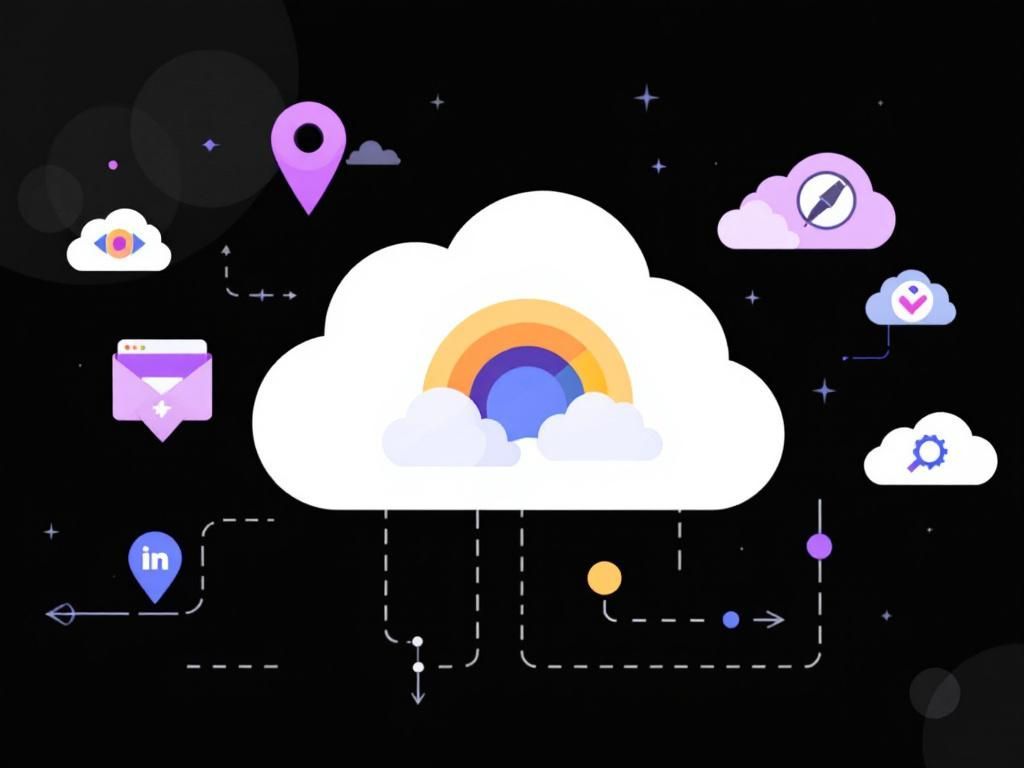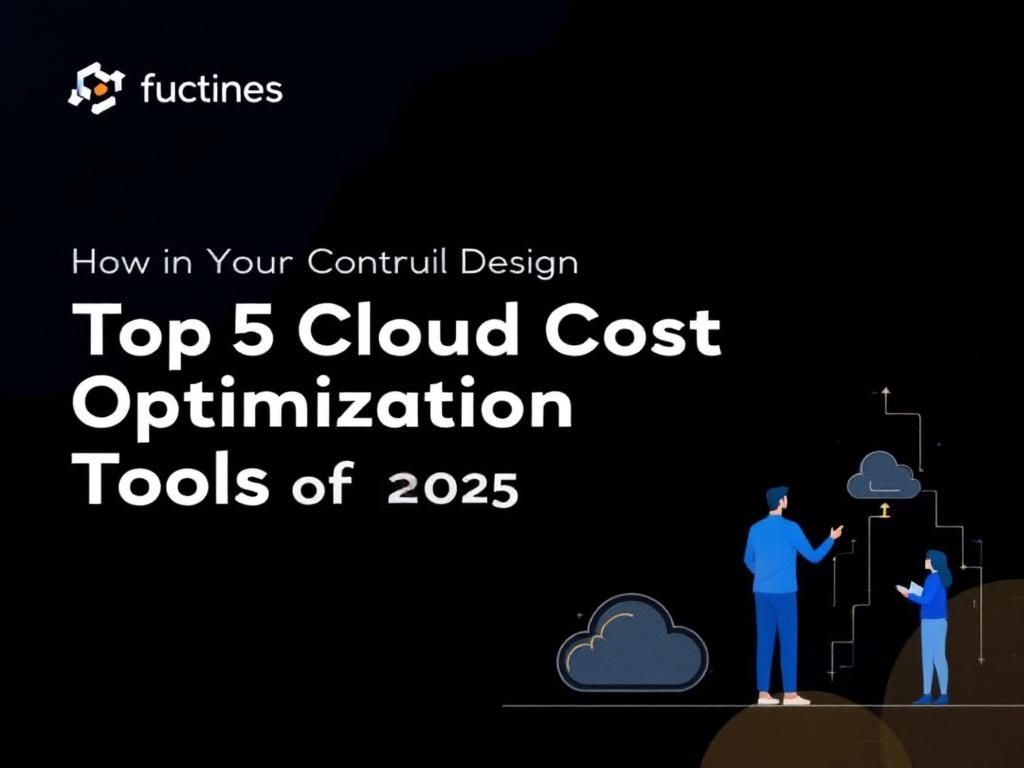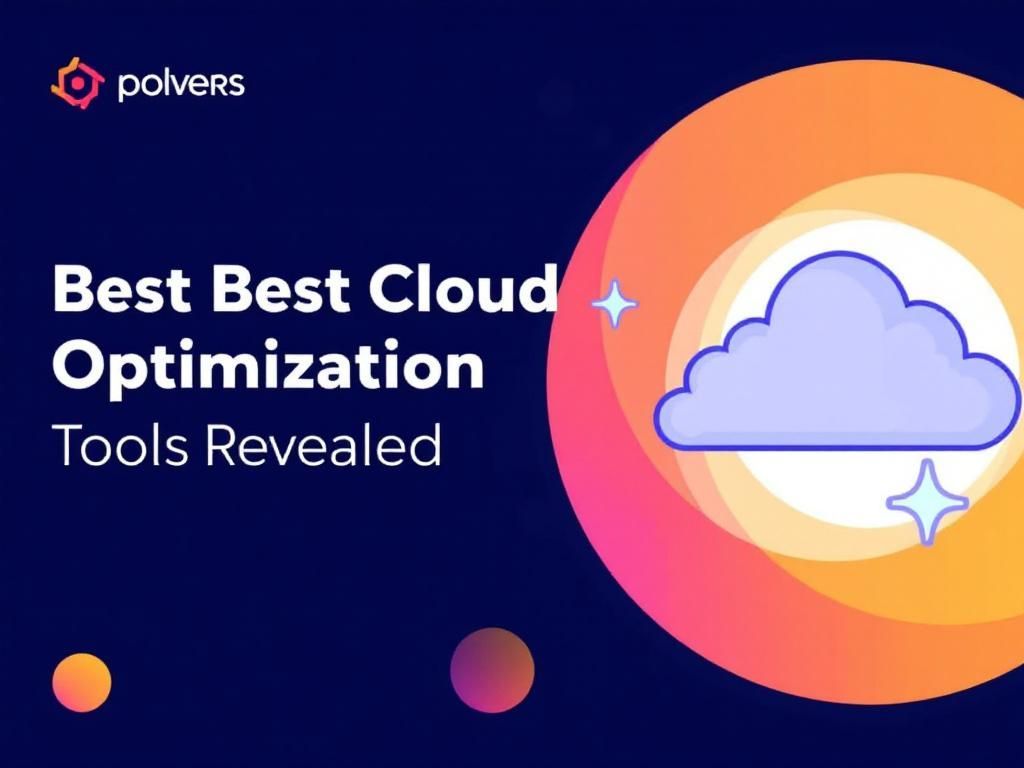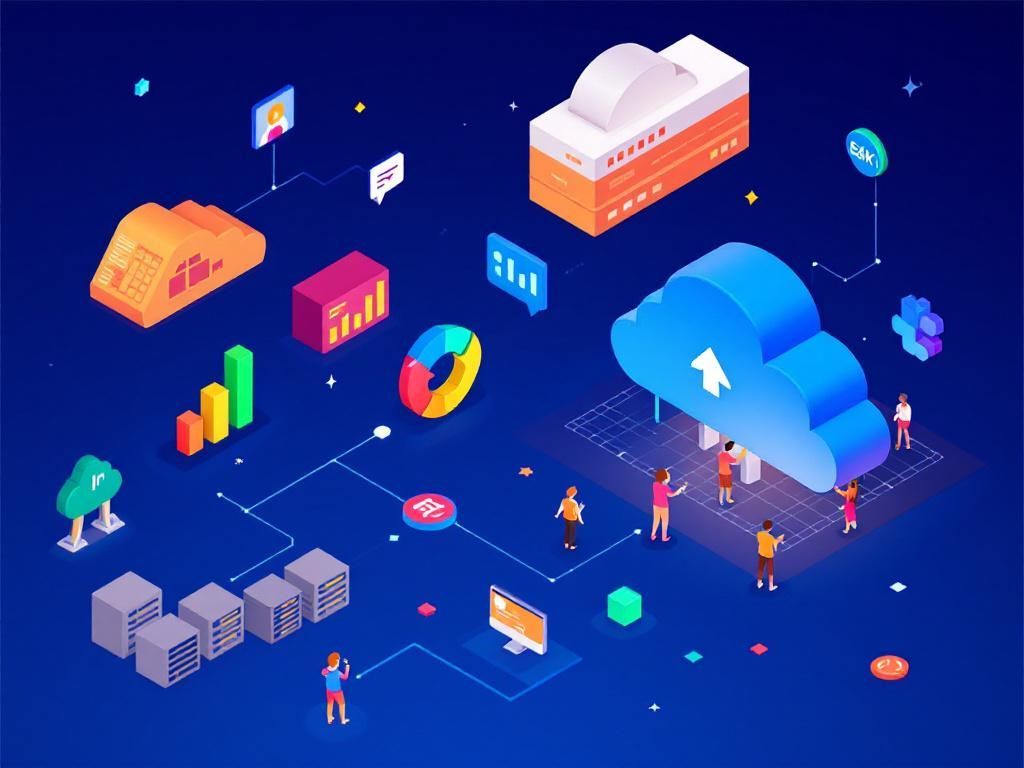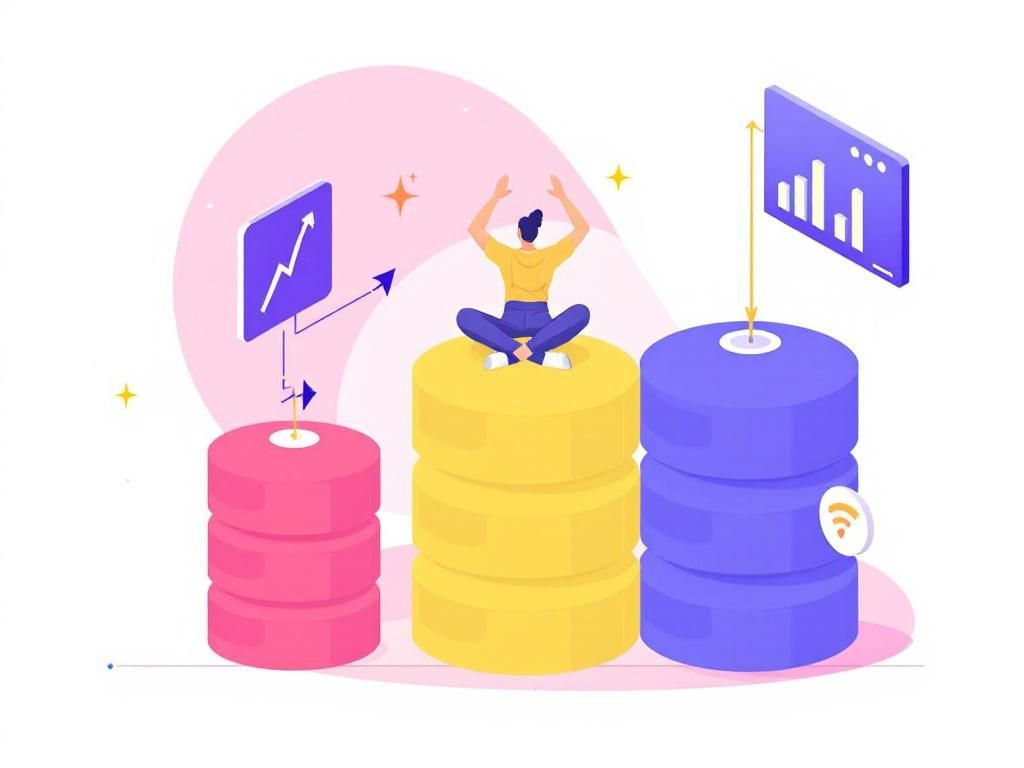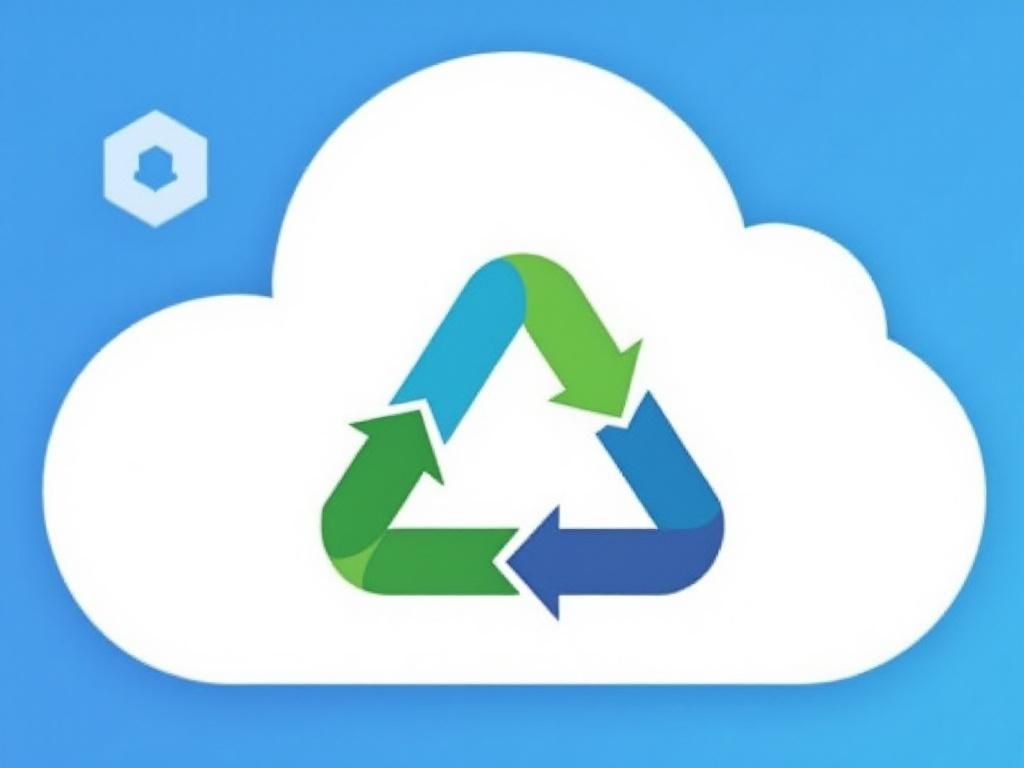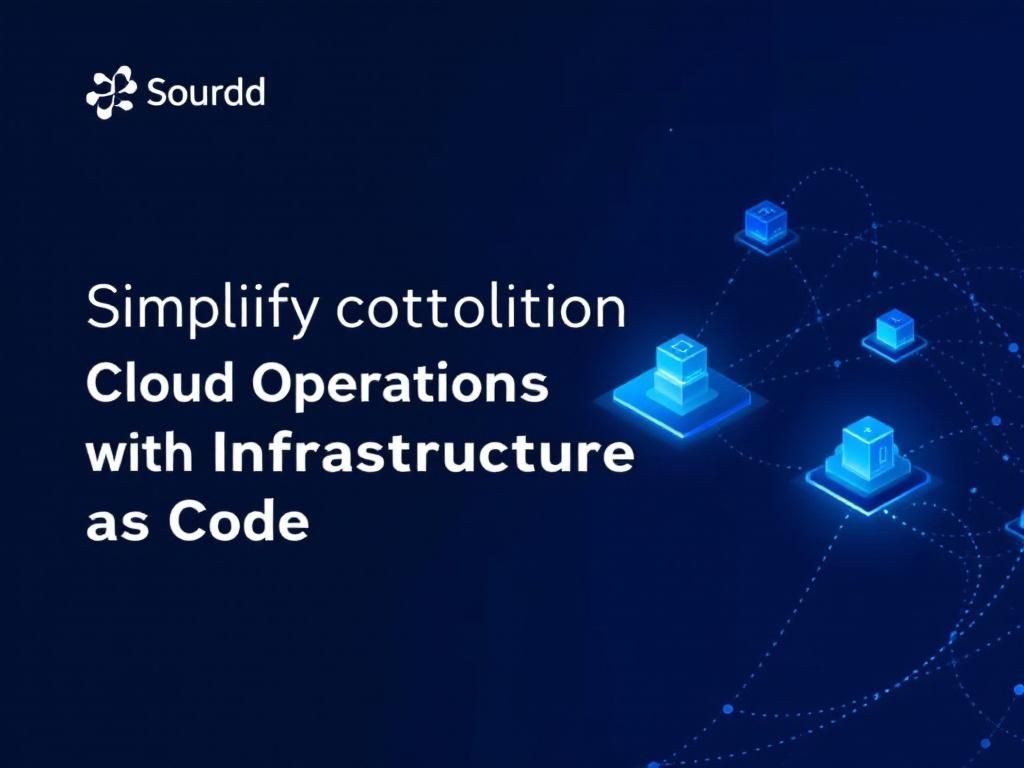Essential Guide to Legacy Application Cloud Migration
Discover the essential steps for successfully migrating legacy applications to the cloud while minimizing risks and maximizing efficiency.
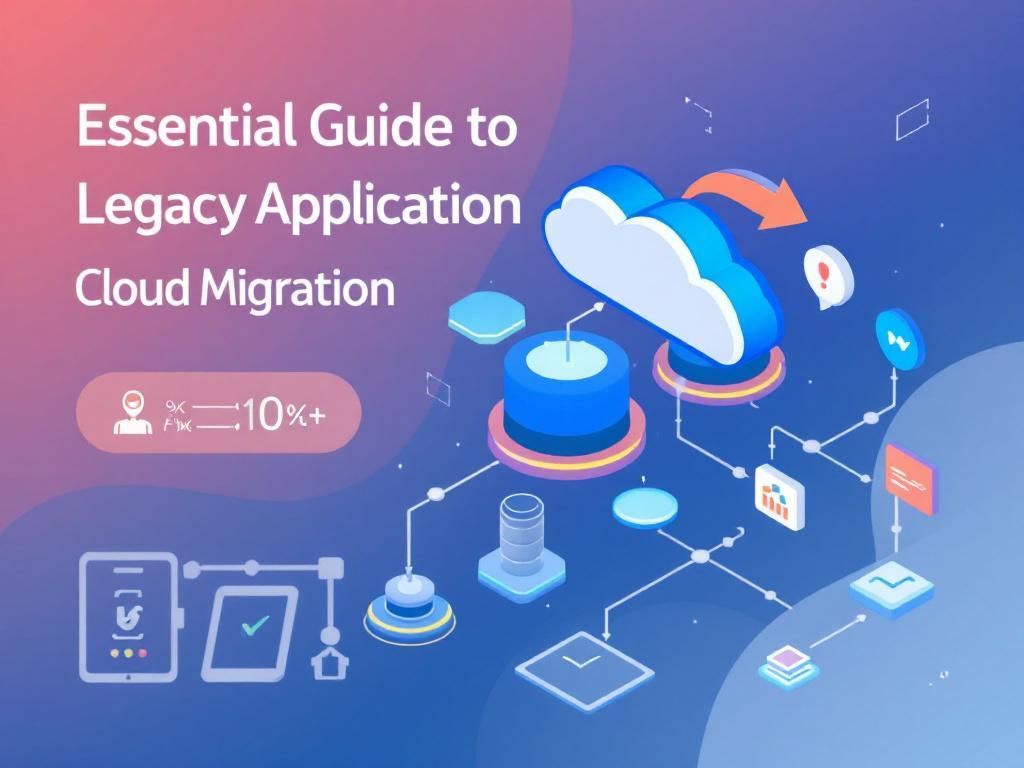
In the rapidly evolving landscape of technology, businesses are increasingly turning to cloud computing for its scalability, flexibility, and cost-effectiveness. However, for many organizations, the challenge lies in migrating legacy applications to the cloud. Legacy applications, often developed on outdated technologies, can hinder innovation and growth. This guide aims to provide a comprehensive overview of the strategies, best practices, and considerations for a successful legacy application cloud migration.
Table of Contents
Understanding Legacy Applications
Legacy applications are systems that are still in use but are built on outdated technologies, making them difficult to maintain and integrate with modern systems. These applications may include:
- Mainframe systems
- Custom-built software
- Older enterprise resource planning (ERP) systems
- Databases that rely on deprecated technology
Challenges of Legacy Applications
Organizations face several challenges when dealing with legacy applications:
- High Maintenance Costs: Older systems often require specialized knowledge, resulting in increased costs for maintenance and support.
- Integration Issues: Legacy systems may not integrate well with modern applications, leading to siloed data and inefficiencies.
- Security Risks: Outdated software can pose security vulnerabilities, making businesses susceptible to cyber threats.
- Scalability Limitations: Legacy applications often lack the capability to scale with business growth.
Planning for Migration
Before migrating legacy applications to the cloud, it is crucial to develop a solid migration strategy. Here are the steps to consider:
1. Assessing Current Infrastructure
Begin with a thorough evaluation of your existing infrastructure. This includes identifying all legacy applications, understanding their dependencies, and assessing their performance. Utilize tools like:
- Application Performance Monitoring (APM) tools
- Dependency mapping software
- Cost analysis tools
2. Defining Migration Goals
Clearly outline your objectives for the migration. Consider factors such as:
- Cost reduction
- Improved performance
- Enhanced security
- Increased agility
3. Choosing the Right Cloud Model
Decide which cloud model best suits your organization. Common models include:
| Cloud Model | Description |
|---|---|
| Public Cloud | Resources are shared across multiple organizations. Cost-effective but may have security concerns. |
| Private Cloud | Resources are dedicated to a single organization, offering enhanced control and security. |
| Hybrid Cloud | A combination of public and private clouds, providing flexibility and scalability. |
Migration Strategies
There are several strategies for migrating legacy applications to the cloud, each with its advantages and drawbacks:
1. Rehosting (Lift and Shift)
This approach involves moving applications to the cloud with minimal changes. It is the quickest method but may not fully leverage cloud benefits.
2. Replatforming
Replatforming involves making some optimizations to migrate applications to the cloud. This may include upgrading the application to be cloud-compatible.
3. Refactoring
Refactoring requires rewriting parts of the application to take full advantage of cloud capabilities, offering better performance and scalability.
4. Retiring
If certain applications are no longer necessary, retiring them can be a viable option. Evaluate the application’s utility and user base before making this decision.
5. Rebuilding
In some cases, it may be more efficient to build a new application from scratch rather than migrating an outdated one. This approach allows for modern technologies and architectures.
Implementation Best Practices
Once you have a solid migration plan, consider these best practices to ensure a smooth transition:
1. Create a Detailed Migration Plan
Your migration plan should include timelines, milestones, and responsibilities. Consider using project management tools to keep track of progress.
2. Ensure Data Integrity
Data accuracy and integrity are crucial during migration. Implement data validation checks and backups to prevent data loss.
3. Involve Stakeholders
Engage key stakeholders throughout the migration process to gather input and minimize resistance. Conduct regular meetings to provide updates and gather feedback.
4. Pilot Testing
Before a full-scale migration, conduct pilot tests with a small group of applications to identify potential issues and refine your approach.
5. Monitor Post-Migration Performance
After migration, continuously monitor application performance and user feedback. Use this data to make necessary adjustments and optimizations.
Post-Migration Considerations
After successful migration, there are a few post-migration considerations to keep in mind:
1. Training and Support
Provide training sessions for employees to familiarize them with the new system. Ongoing support will also help address any issues that arise.
2. Continuous Improvement
Cloud environments offer the flexibility to continuously improve and optimize applications. Regularly assess applications for performance and user satisfaction.
3. Security and Compliance
Ensure that migrated applications comply with industry regulations and security best practices. Regular audits and updates are essential to maintaining security.
Conclusion
Migrating legacy applications to the cloud is a complex but necessary undertaking for organizations aiming to stay competitive in today’s technology-driven landscape. By understanding the challenges, carefully planning the migration, and following best practices, businesses can successfully transition to a cloud environment that fosters innovation and growth. As organizations embrace cloud computing, they will be better positioned to leverage emerging technologies and respond to changing market demands.
FAQ
What is legacy application cloud migration?
Legacy application cloud migration is the process of transferring outdated software applications from on-premises infrastructure to cloud-based platforms, enhancing their accessibility, scalability, and maintenance.
What are the benefits of migrating legacy applications to the cloud?
Migrating legacy applications to the cloud offers benefits such as improved performance, reduced operational costs, enhanced security, easier updates, and increased flexibility to adapt to changing business needs.
What challenges might arise during legacy application cloud migration?
Challenges can include compatibility issues, data migration complexities, application refactoring needs, potential downtime during the transition, and the need for staff training on new systems.
How can businesses prepare for legacy application cloud migration?
Businesses can prepare by conducting a thorough assessment of their existing applications, defining clear migration goals, choosing the right cloud service provider, and developing a detailed migration strategy.
What are the different strategies for migrating legacy applications to the cloud?
Common strategies include rehosting (lift-and-shift), refactoring (modifying the application), rebuilding (creating a new application), and replacing (swapping for a cloud-native solution).
How long does the legacy application cloud migration process typically take?
The duration of legacy application cloud migration varies based on factors like the complexity of the applications, the amount of data involved, and the chosen migration strategy, often ranging from a few weeks to several months.


